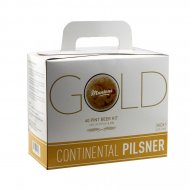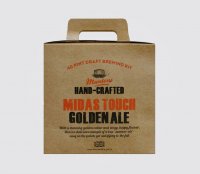Sign up to the Brew Mart newsletter for the latest news, offers & more
Please note that Brew Mart will be closed on Saturday, 5th July, AND Saturday, 12th July. Thank you.
Muntons Beer Kits
Muntons have a beer brewing kit to suit everyone’s budget and taste
They make a wide range of beer brewing kits designed to make your homebrewing experience exceptional and, as simple and fool-proof as possible.
Muntons home brew varieties of beer making kits are made from the very best malt and hop mashed and extracted by Muntons brewing experts in the centre of East Anglia
Muntons Hand Crafted Beer Kits.
Muntons New Hand Crafted range brewing kit is undoubtedly the best beer possible from any beer kit available on the market today.
Muntons craft beer in a bag range offers unique beers formulated to make brewing at home foolproof.h kit contains individually developed and canned extracts of the best brewing malts and finest choice hops.
Muntons Connoisseur Range
Muntons Connoisseurs beer brewing kits range brings together an uncompromising blend of quality ingredients designed to brew truly exceptional beers.
Muntons Gold Range
As a commercial maltster, Muntons supplies breweries all over the world. They are in an ideal position to appreciate the quality and styles of malt needed to make the best beers. They have used their knowledge and formulated what they believe to be the best beer kits available anywhere today. Made using only malt, hops, water and yeast, balanced to brew superb beers, modelled on the finest tradition of brewer's art.
Muntons developed the Gold range to introduce all-malt recipe beer kits to home beer makers looking to brew top-quality traditional beer styles from convenient beer brewing kits.
Muntons Premium Range
The Muntons Premium beer brewing kits range has stood the test of time. These offer homebrewers a wide range of premium quality beer kits emulating classic beer styles from around the globe.
Not sure where to start check out these articles?
Are beer making kits any good?















